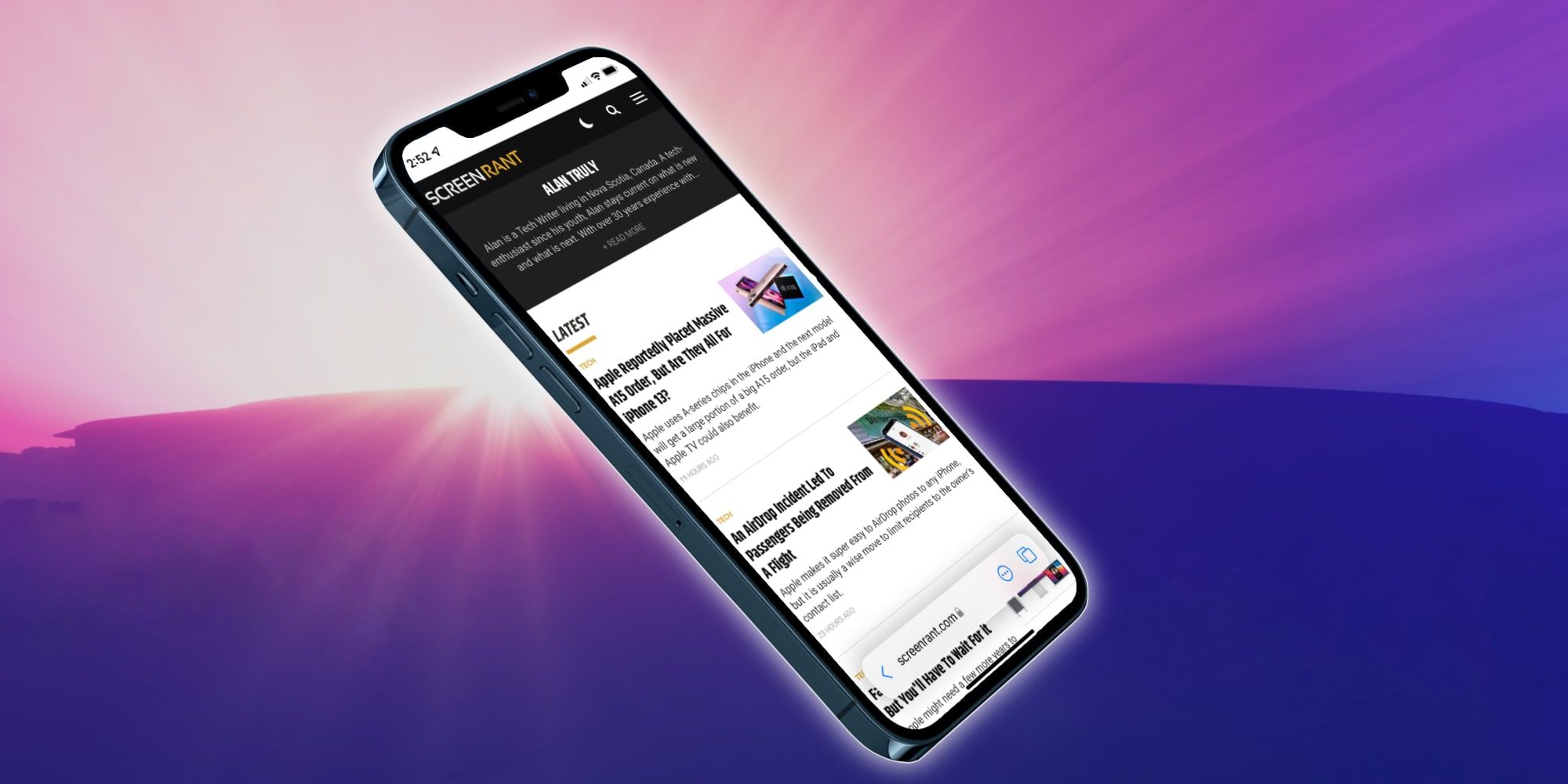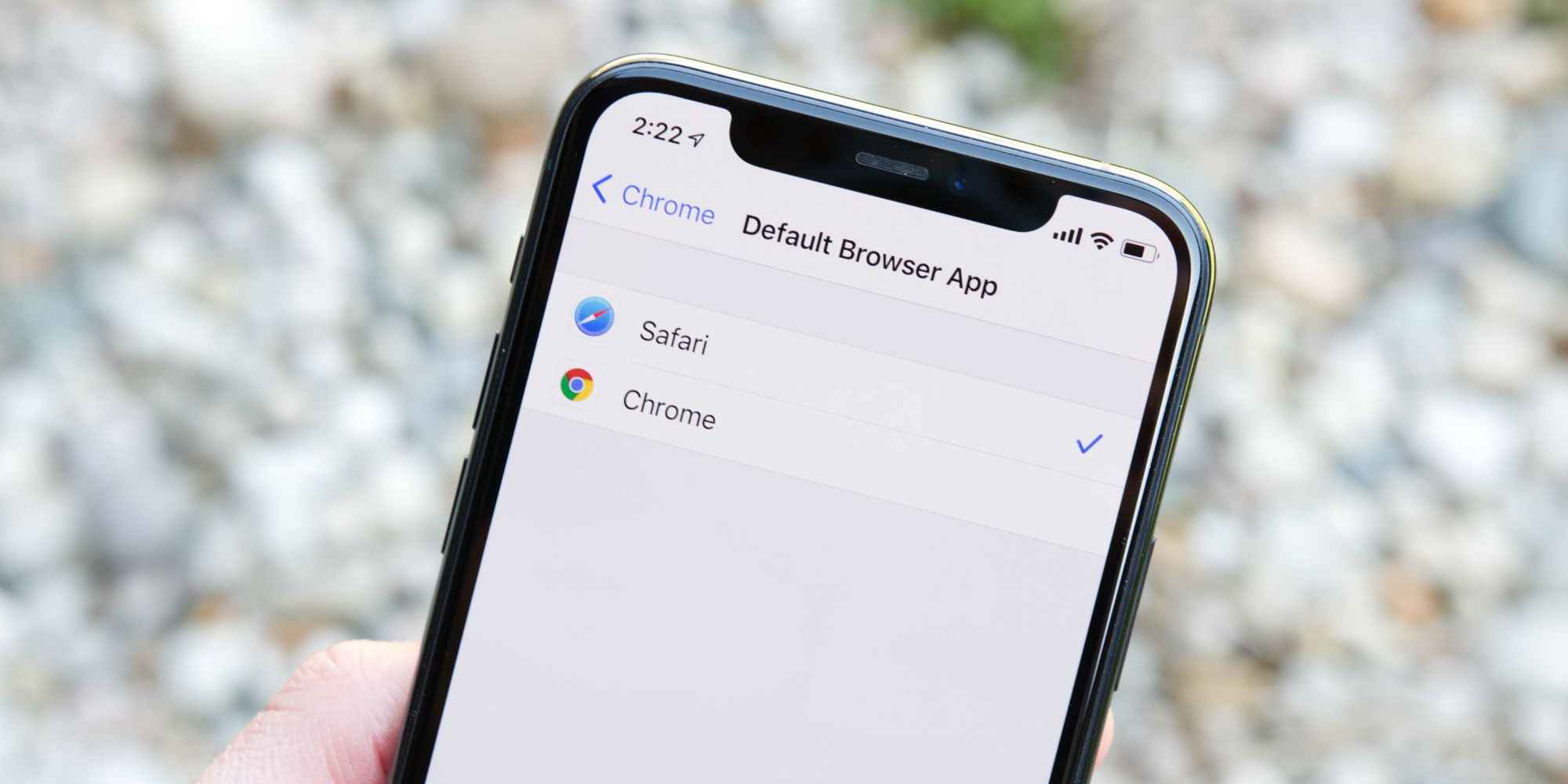When Apple announced iOS 15, one of the biggest changes was to the iPhone's Safari browser, but Google tested similar changes to its Chrome browser on Android before rejecting them and reverting to the original design. Android aficionados are quick to point out that new iPhone features often existed earlier on Google's operating system and this is another example. So, what did Google find wrong with the design that Apple now seems to be championing?
Safari is Apple's web browser and serves to display websites, store bookmarks, suggest and securely store passwords, as well as making it easier to automatically fill web-based forms with the user's personal information. As the pre-installed iOS browser, it's almost as popular on the iPhone as Google's Chrome browser is on Android. Both big tech companies make the browser part of a larger integration and strategy, so changes that might lose market share is not a risk that is ever taken lightly. Yet, each company advances the design in incremental ways every year.
iOS 15 brings big changes to the Safari browser, including repositioning the Smart Search field, Apple's name for the address bar, placing it near the bottom of the screen instead of at the top, as is the case with most other smartphones. A former Google interaction designer, Chris Lee, explained on a personal website that a similar redesign project, known as Chrome Home, was beta tested for use with the Chrome browser on Android. While it gained a cult following it was ultimately rejected due to concerns that it was too big of a change.
Pros & Cons Of A Lower Tab Bar
The lower tab bar is not a new idea. Google experimented with this feature as far back as 2016 and Vivaldi has offered to place the tab bar on any edge of the screen at the user's discretion for some time. The reason this has been done before and Apple instituted the change as well, is that it makes sense for a smartphone. Even among iPhone owners that use one hand to hold the device and the other to touch the screen, there are moments when one-handed usage is easier, such as when holding a beverage, keys, or carrying a child. The urge to look information up online, without putting something down first might present a problem. In that situation, reaching the top of an iPhone 12 Pro Max, or perhaps even a smaller iPhone, will be nearly impossible and even for those with longer thumbs.
Being an obviously useful feature, it leads to the question of why would Google reject it? Especially as it's not even available as a Chrome flag experiment any more. Apparently, many of those that tried Chrome Home found it disorienting. Muscle memory takes some time to overcome and perhaps the change just seemed like too much for those that have lived with a top tab bar for so long. Lee pointed out that the public beta release of iOS 15 has already received some critique over the Safari tab bar placement and, admittedly, changes often face initial pushback. By September, the general release of iOS 15 will launch and Apple will have determined whether its customers are actually ready to think different.
Source: Chris Lee, Via: 9to5 Google


